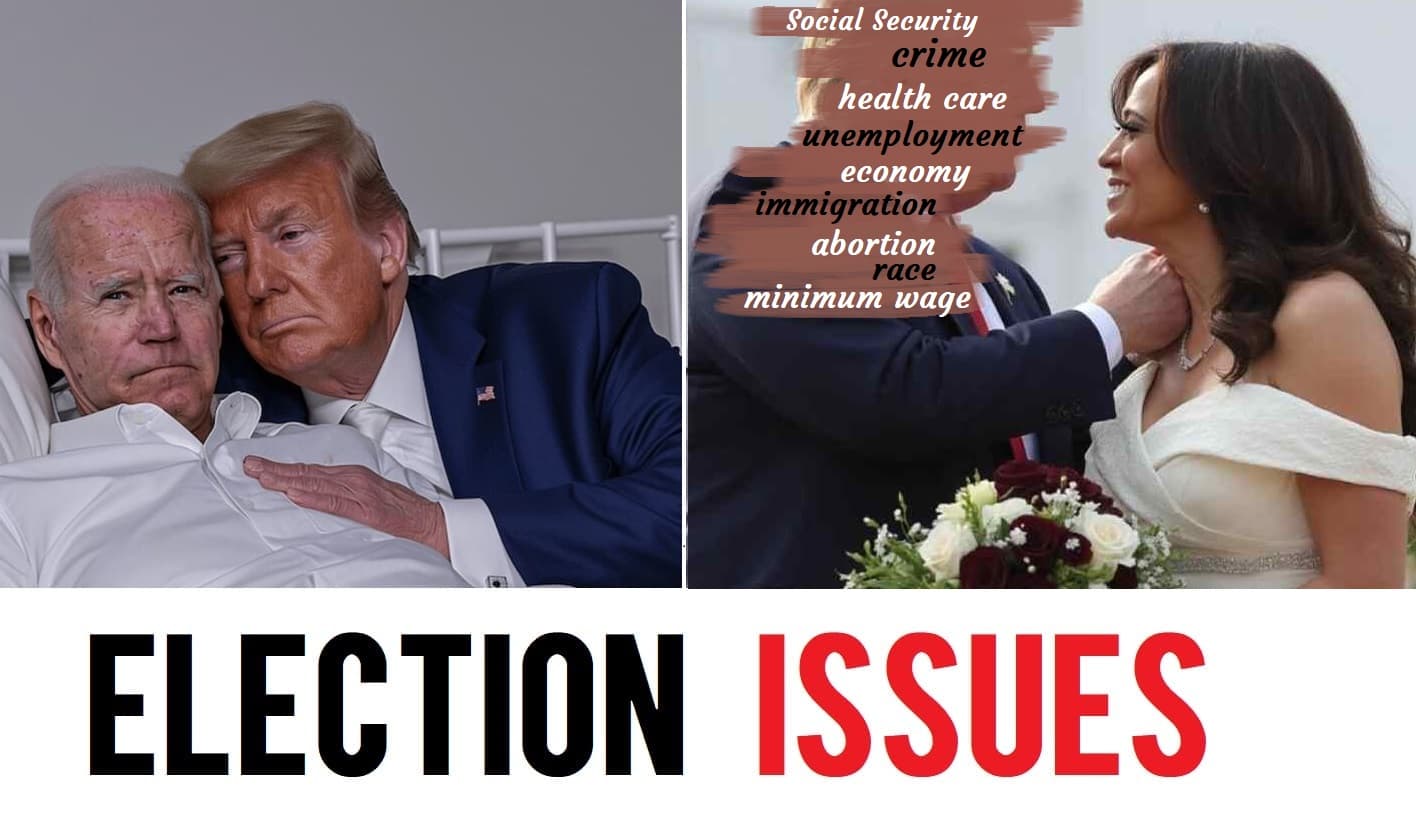
Key Takeaways
- Education & Gender: Your level of education and gender play crucial roles in shaping your views on gun rights and public safety.
- Urban vs. Rural Dynamics: Where you live affects how you feel about gun control policies.
- Social Media’s Role: Online platforms heavily influence public opinions on gun violence and control.
- Historical Influence: Past gun policies can impact current attitudes toward gun ownership.
Understanding these influences can help you see why gun control debates vary widely and how personal and regional factors shape opinions.
The Impact of Education and Gender on Attitudes Toward Gun Rights and Public Safety
How Education Affects Views
Higher Education: People with higher levels of education often lean toward supporting stricter gun control. This may be due to increased awareness of gun violence statistics and the perceived need for regulation.
Educational Background: Your field of study can also influence your perspective. For example, those in social sciences might be more inclined to support gun control due to a focus on societal issues.
Example: A college graduate might support comprehensive background checks and restrictions on certain types of firearms, while someone with less formal education might prioritize Second Amendment rights and self-defense.
Gender Differences
Women’s Perspectives: Women generally advocate for stricter gun control measures. This can be attributed to concerns about safety, especially in relation to domestic violence and crime.
Men’s Perspectives: Men often emphasize the importance of gun rights and self-defense, viewing guns as a means to protect themselves and their families.
Example: Women may support policies like mandatory gun safety courses and assault weapon bans, while men might focus on preserving the right to carry firearms for protection.
How Urban and Rural Voter Dynamics Affect Gun Control Policy Support
Urban vs. Rural Views
Urban Areas: Residents of cities often experience higher rates of gun violence and may support stricter gun control measures as a response to these issues. They might advocate for policies like gun buybacks and enhanced background checks.
Rural Areas: People living in rural areas often view guns as essential for hunting and self-defense. They tend to support fewer restrictions and may push back against policies perceived as limiting their access to firearms.
Example: A city dweller might support legislation that limits magazine sizes and requires gun registration, while a rural resident might resist such measures, valuing guns for hunting and personal security.
The Role of Social Media in Shaping Public Attitudes Toward Gun Violence and Control
Social Media’s Influence
Information Spread: Social media platforms can rapidly spread information and opinions about gun violence and control. This can amplify both pro-gun and anti-gun narratives, shaping public perception.
Echo Chambers: Online communities can create echo chambers, where users are exposed primarily to information that reinforces their existing beliefs. This can polarize opinions on gun control.
Example: Social media campaigns highlighting the dangers of gun violence might increase support for stricter regulations, while campaigns focused on defending Second Amendment rights might strengthen opposition to gun control.
Comparative Analysis of Gun Safety Opinions Across Different Voter Demographics
Demographic Influences
Political Affiliation: Your political party affiliation often dictates your stance on gun safety. Republicans might support fewer restrictions, while Democrats generally advocate for more control.
Age and Income: Younger and lower-income individuals might favor stricter gun laws due to concerns about violence and crime, whereas older and higher-income groups might prioritize gun rights differently.
Example: A young, liberal voter might back policies such as mandatory gun safety training and assault weapon bans, while an older, conservative voter might support laws that protect gun ownership rights.
The Effect of Historical Gun Policy on Current Public Attitudes Toward Gun Ownership
Historical Influence
Legislation Impact: Historical gun policies, such as the 1994 Assault Weapons Ban or the Brady Bill, shape current public attitudes. Past debates and laws often set precedents that influence how people view current gun control efforts.
Changing Perspectives: As historical policies are revisited or new ones are proposed, public attitudes can shift, reflecting ongoing debates about the effectiveness and fairness of past regulations.
Example: The renewal of the Assault Weapons Ban might spark renewed debate about its effectiveness, affecting how people view current gun control proposals.
How Regional Differences Influence Public Perceptions of Gun Violence and Safety
Regional Attitudes
Local Crime Rates: Regions with higher crime rates often see more support for stricter gun control measures, as residents may feel a greater need for regulation to ensure safety.
Cultural Norms: Cultural attitudes towards guns can vary significantly by region, affecting how people perceive gun violence and the need for control.
Example: In high-crime urban areas, residents might push for stricter laws to combat violence, while in areas with low crime rates, there might be more support for maintaining current gun ownership laws.
The Role of Political Campaigns in Shaping Views on Gun Rights and Gun Control
Campaign Influence
Messaging Strategies: Political campaigns often use gun control and gun rights as key issues to mobilize voters. The way these issues are framed can significantly influence public opinion.
Election Impact: Candidates’ positions on gun control can impact election outcomes, as voters may choose candidates based on their stance on gun safety and ownership.
Example: A candidate who champions gun safety reforms might attract voters concerned about violence, while a candidate who supports gun rights might appeal to those prioritizing Second Amendment protections.
Analyzing the Impact of Increased Gun Ownership on National Security and Safety Policies
Ownership Trends
Increased Ownership: Rising gun ownership can lead to debates about its impact on national security and public safety. Advocates argue it enhances self-defense, while critics worry it could lead to more violence.
Policy Responses: As gun ownership increases, policymakers might propose new regulations or adjust existing ones to address concerns about safety and security.
Example: An increase in gun ownership might prompt discussions about enhancing background checks or implementing more rigorous safety training requirements.
Comparative Study of Gun Control Support Among Different Age Groups and Education Levels
Age and Education
Generational Differences: Younger people often support stricter gun control due to increased awareness of gun violence. Older generations might prioritize gun rights more strongly, influenced by historical norms.
Educational Impact: Higher education levels generally correlate with support for stricter gun regulations, as education can provide a broader understanding of gun violence issues and policy solutions.
Example: Younger, college-educated individuals might support comprehensive gun safety reforms, while older, less formally educated individuals might prioritize preserving current gun rights.
The Influence of Gender and Education on Attitudes Toward Gun Ownership and Safety
Gender and Education
Gender Influence: Women generally support stricter gun control measures, focusing on safety and crime prevention. Men might emphasize gun rights and self-defense.
Educational Background: Higher education often leads to more support for gun control due to greater awareness of the impacts of gun violence and the potential benefits of regulation.
Example: A highly educated woman might advocate for policies that limit access to high-capacity firearms, while a less educated man might focus on maintaining broad gun ownership rights.
Understanding these diverse factors helps to appreciate the complexity of public opinions on gun rights and safety. For more insights into how education, gender, and regional dynamics affect these views, you can explore resources from The Center for Disease Control and The Pew Research Center.








